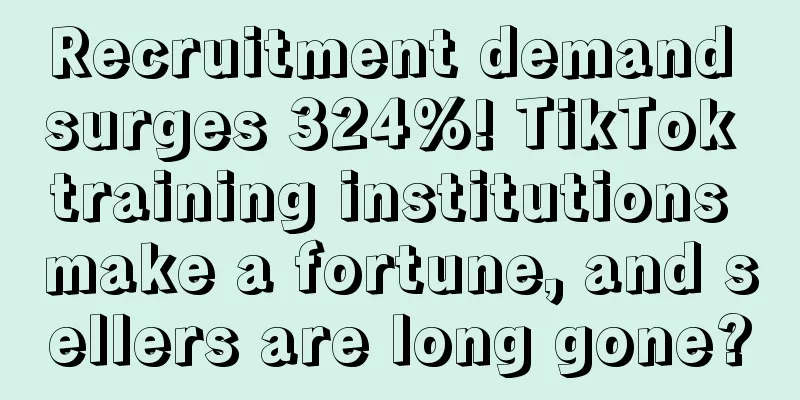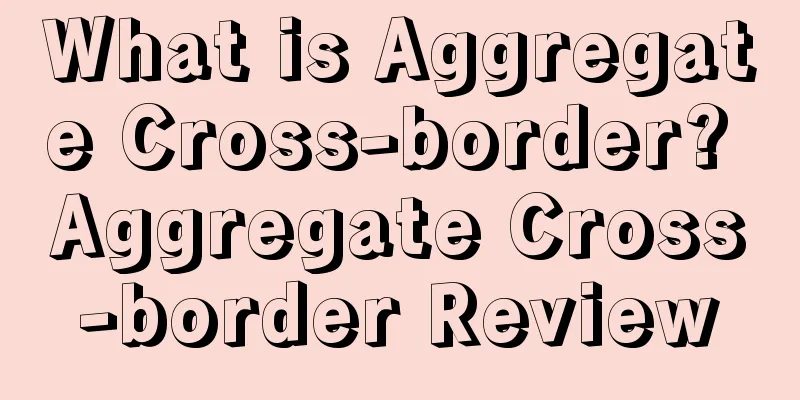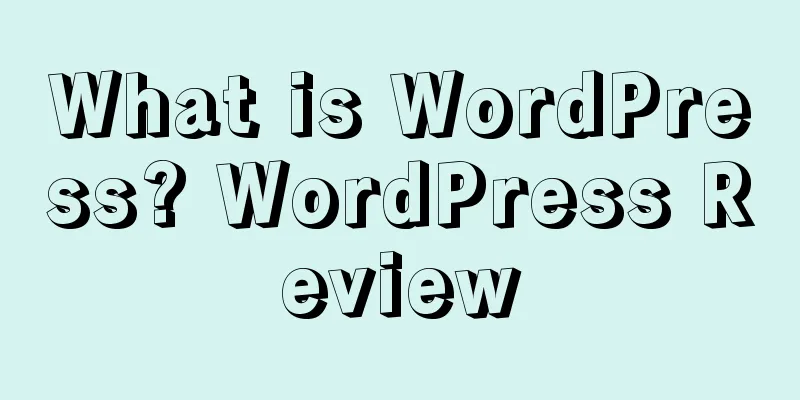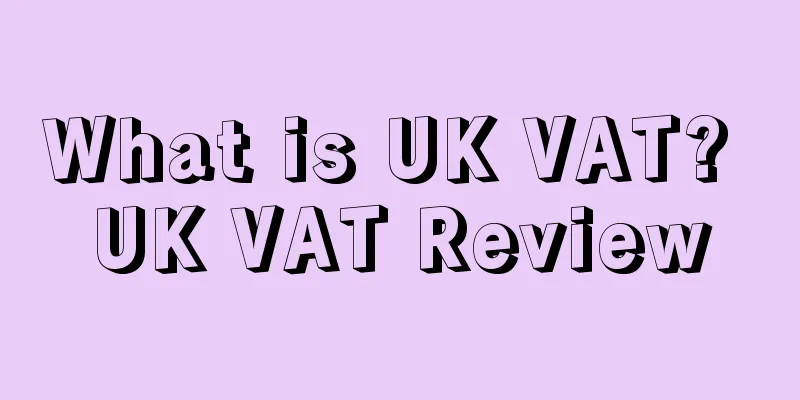A large number of Amazon sellers' products have been removed from the shelves! The reason is...
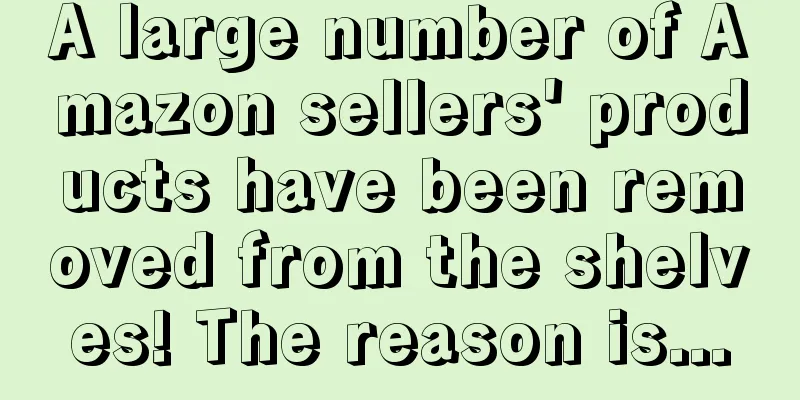
|
As the epidemic rages in Europe, more and more non-compliant CE-certified products are being sold in the EU. Not long ago, the EU cracked down on counterfeit and suspicious CE certificates, more than 20 certification agencies were named, and a large number of products with CE certification marks were detained and put on the shelves. What is CE certification ? The "CE" mark is a safety certification mark, which is regarded as a passport for manufacturers to open and enter the European market. The "CE" mark is a compulsory certification mark. Whether it is a product produced by an enterprise within the EU or a product produced in other countries, if it wants to circulate freely in the EU market, it must be affixed with the "CE" mark to indicate that the product complies with the basic requirements of the EU's "New Approach to Technical Harmonization and Standardization" directive. This is a mandatory requirement for products under EU law. CE certification covers 80% of industrial and consumer products in the European market and 70% of EU imports. If a product is not CE certified and is exported to the EU, it will be considered an illegal act. CE marking dimensions and size requirements 1) CE standard size There are packaging regulations for the size of the CE mark, in which the height of the CE word must be at least 5mm, and the total length of the CE word must not exceed 12mm. The width of the CE word should be no less than 1/5. The thickness must be at least 1/5 of the height (here at least 20×1/5=4mm), the outer radius is 10mm, and the inner horizontal column must be at least 80% of the outer radius (10×0.8=8mm). 2) CE standard size scaling The CE mark should be scaled in accordance with the mark shown in the figure. 3) The severity of the CE standard size problem Since Europe began to implement the CE mark for products, there has been a trend towards strict implementation. However, domestic manufacturers do not fully comply with the relevant size regulations when printing the CE mark on products or packaging. 4) CE standard size exceptions If the CE mark cannot be affixed directly to the product, it can also be affixed to the product packaging or product accompanying documents, but it is necessary to prove the reason why the CE mark cannot be affixed to the product. What products require CE certification?
CE marking product information affixing requirements According to relevant EU regulations, the CE mark must be affixed to a prominent position on the product, remain legible and not easily smeared. Usually, the CE mark is affixed to the product or its parameter label; if the CE mark cannot be affixed directly to the product, it can also be affixed to the product packaging or product accompanying documents, but the reason why the CE mark cannot be affixed to the product must be proved. What are the main types of CE certification?
What is CE certification? What is the relationship between CE certification and EU authorized representative?
(Source: Cross-border Sellers Teahouse) |
Recommend
What is GlobalData? GlobalData Review
GlobalData is a world-renowned data analysis and c...
Sellers Notice! New Shopping Trends of American Consumers!
It is learned that according to research by credit...
Amazon Operations in Cards (Part 2)
This article is highly concise and directly uses N...
UPS plans to hire 100,000 seasonal employees to prepare for the surge in package volume during the holiday sales season!
<span data-docs-delta="[[20,"UPS计划招聘10万季节性...
What is Ksher? Ksher Review
Ksher is an innovative digital payment solutions c...
What is Malaysia ST electrical product certification? Malaysia ST electrical product certification review
ST is the abbreviation of the Energy Commission of...
What is Cuckoo? Cuckoo Review
Cuckoo Information Technology mainly focuses on B2...
What is a cross-border expert? Cross-border expert evaluation
Cross-border experts are a professional cross-bord...
American social e-commerce Flip raised $60 million in Series B financing! Valuation: $500 million!
<span data-docs-delta="[[20,"获悉,美国社交电商平台&q...
Prime Day is coming! USPS is ready to process 50 million packages per day!
<span data-shimo-docs="[[20,"Prime Day在即!&...
TOP reviewers have a high conversion rate and high weight.
I have selected some of the better reviews this we...
What is Shop101? Shop101 Review
Shop101 is a mobile social e-commerce platform for...
Amazon implements new product regulations! Products that do not comply will be removed from shelves for rectification
If Amazon sellers want to expand into the Europea...
Master this trick and double the conversion rate of Amazon brand sponsored ads!
Amazon Sponsored Brand Ads are keyword-targeted a...




